These are the instructions that are given:
In 2012 and prior to that time, a pizza chain in Australia, Eagle Boys (taken over by Pizza Hut in 2016), ran an advertising campaign in which several claims about the size of their pizzas as well as those of their main competitor, Domino’s, were made. The file pizza.csv contains the data on which they based their campaign. For each of the 250 pizzas taken into consideration, you are provided with the chain the pizza comes from, the type of crust, toppings and the diameter of the pizza (in cm).
The question I have to answer is the following:
What combination of crust type, toppings and chain the pizza comes from has on average the largest pizzas? What combination yields the smallest pizzas?
These are the plots I managed to create, but I'm still only comparing two columns
that's the correlating code:
par(mfrow = c(1, 2))
boxplot(dominos$Diameter ~ dominos$CrustDescription)
boxplot(dominos$Diameter ~ dominos$Topping)
